
Rainwater Harvesting System (RWHS) is an important and sustainable method for collecting and storing rainwater for various purposes, including drinking, irrigation, and sanitation. In Bangladesh, where water scarcity and flooding can both be pressing concerns, RWHS plays a crucial role in ensuring water availability, in both rural and urban areas and regions that lack proper infrastructure for water supply.
Products & Services
Importance of Rainwater Harvesting System (RWHS) in BD
- Water Scarcity: Bangladesh is facing increasing water scarcity due to population growth, industrialization, and the effects of climate change. Water scarcity in urban areas is an escalating crisis fueled by rapid urbanization, population growth, and the effects of climate change. As cities expand to accommodate increasing populations, the demand for water surpasses the capacity of available resources, leading to severe shortages. This issue is compounded by the depletion of natural water sources, inefficient water management, and aging infrastructure. Also, a large portion of the rural population lacks easy access to safe and potable water. RWHS offers an alternative water source.
- Flooding: Bangladesh is prone to seasonal flooding, and during the monsoon, excess rainwater is often wasted. RWHS can help capture and store this surplus water for use during dry periods.
- Climate Change: With rising sea levels and changing weather patterns, traditional water sources like rivers and ponds are becoming more unreliable. Rainwater harvesting helps mitigate some of these impacts by providing an independent water source.
Benefits of rainwater harvesting for urban and residential areas in Bangladesh
Rainwater harvesting offers significant benefits for urban and residential areas in Bangladesh, where water scarcity, urban flooding, and environmental degradation are pressing issues. Here are the key advantages:
- Alleviating Water Scarcity
-
- Supplemental Water Supply: Rainwater can serve as an additional water source for household use, reducing dependency on municipal water systems.
- Groundwater Recharge: By directing rainwater to recharge aquifers, harvesting can combat the over-extraction of groundwater, which is critical in urban areas like Dhaka, where groundwater levels are rapidly depleting.
- Mitigating Urban Flooding
-
- Runoff Management: Rainwater harvesting systems capture runoff during heavy rainfall, reducing the volume of water that overwhelms urban drainage systems.
- Erosion Prevention: By slowing down surface runoff, these systems help minimize soil erosion in urban landscapes.
- Improving Water Quality
-
- Reduced Contamination: Harvesting rainwater before it becomes runoff helps prevent contamination of local water bodies with pollutants from streets and other urban surfaces.
- Non-Potable Uses: Harvested rainwater can be used for purposes such as irrigation, car washing, and toilet flushing, reducing reliance on treated water for these activities.
- Environmental and Energy Benefits
-
- Reduced Energy Use: Utilizing harvested rainwater reduces the energy demand for pumping and treating municipal water.
- Lower Carbon Footprint: Rainwater harvesting systems promote sustainable practices and reduce greenhouse gas emissions associated with water treatment and transportation.
- Economic Advantages
-
- Cost Savings: Reducing reliance on municipal water supply lowers household water bills.
- Disaster Resilience: Rainwater harvesting provides an emergency water supply during droughts or infrastructure failures.
- Enhancing Urban Green Spaces
-
- Irrigation: Harvested rainwater can sustain urban greenery, improve air quality, and reduce the heat island effect in cities.
- Aesthetic Value: Properly designed systems can integrate with landscaping to enhance property value.
- Promoting Sustainability
-
- Community Awareness: Rainwater harvesting fosters environmental consciousness and encourages residents to participate in sustainable water management practices.
- Adaptation to Climate Change: By addressing water scarcity and flooding, harvesting systems help urban areas adapt to the increasing variability in rainfall patterns.

Contex For
Bangladesh
Given Bangladesh's monsoon climate, frequent flooding, and overexploited groundwater resources, rainwater harvesting is particularly suited to urban and residential areas. Proper implementation can address the country’s water-related challenges while promoting environmental sustainability and resilience.
Efficiency and sustainability of rainwater harvesting systems in Bangladesh
Rainwater harvesting (RWH) systems in Bangladesh have gained significant attention as a sustainable solution to address water scarcity and improve water quality. However, their efficiency and sustainability depend on several factors, including the design, maintenance, climate conditions, and social acceptance. Let’s break down the key points for a comprehensive understanding:
- Efficiency of Rainwater Harvesting Systems in Bangladesh
-
- Collection Efficiency: The efficiency of the collection system primarily depends on the quality of the roof, gutters, and filtration units. Bangladesh experiences heavy rainfall during the monsoon season (from June to October), which makes the collection of rainwater a reliable source. The efficiency of collection can reach up to 80-90%, but this can vary due to the quality of materials used.
- Storage Capacity: Proper storage tanks are necessary to maximize the efficiency of the system. The design should ensure that the tanks can store enough water to cover the dry periods. Typically, tanks with a capacity of 500-10,000 liters are used in rural areas, but urban areas may require larger ones.
- Water Quality: Water quality is a major concern in Bangladesh due to contamination risks. Proper filtration and purification systems are essential to ensure safe water for drinking and domestic use. Pre-filtration and filtration systems (like UV treatment, Iron Removal, Water Softener or activated carbon filters) can improve water quality.
- Sustainability of Rainwater Harvesting Systems
-
- Climate Factors: Bangladesh’s monsoon-heavy climate makes it an ideal location for rainwater harvesting. The country receives an average of 2,200-2,500 mm of rainfall annually, which can be harnessed for both domestic and agricultural uses. However, rainfall is unevenly distributed, with dry seasons (February-April) where rainwater harvesting systems may face limitations unless there are large storage capacities.
- Water Demand: In rural areas, especially in places where groundwater is contaminated by arsenic, RWH systems provide a safer and more reliable alternative to groundwater. However, in urban areas, the increased population and high water demand can create challenges for the widespread use of RWH systems.
- Cost and Maintenance: The initial installation cost of RWH systems can be a barrier for low-income families. While government and NGO projects have subsidized the costs for certain communities, the long-term sustainability of these systems depends on proper maintenance, which requires ongoing community involvement and local capacity building.
- Environmental Impact: Using rainwater harvesting systems reduces the dependence on surface and groundwater sources, thereby reducing pressure on local water resources. In areas where groundwater depletion and contamination are concerns, RWH systems help conserve natural water bodies and reduce salinity intrusion, which is particularly important in coastal areas.
- Social and Economic Implications
-
- Community Acceptance: Rainwater harvesting has been embraced in both urban and rural areas, especially in flood-prone regions. However, there can be challenges in adoption due to cultural perceptions, lack of awareness, and resistance to new technologies.
- Economic Benefits: In areas where water is scarce or expensive, RWH systems reduce the cost of water supply. For farmers, rainwater can be a critical resource for irrigation, reducing reliance on expensive pump systems and mitigating the risks associated with unreliable groundwater sources.
- Government and NGO Support: Several government and non-governmental organizations in Bangladesh have implemented RWH programs. The government has also provided funding and technical assistance to increase the uptake of these systems, with a focus on areas prone to water shortages or arsenic contamination.
- Challenges
-
- Storage and Distribution: Proper storage infrastructure is key. Without adequate storage capacity, rainwater harvesting systems can become ineffective, especially during periods of low rainfall. The distribution system must also be well-planned, ensuring that water is distributed equitably and efficiently to users.
- Climate Change: With shifting rainfall patterns due to climate change, the reliability of rainwater harvesting systems could fluctuate. Long dry spells could impact water availability, especially for households that depend solely on rainwater.
- Integration with Other Water Management Strategies: For RWH to be fully sustainable, it should be integrated into a larger water management strategy, which could include better groundwater management, wastewater treatment, and community-based water conservation techniques.
The efficiency and sustainability of rainwater harvesting systems in Bangladesh offer significant potential, especially in areas with limited access to clean water sources. However, to maximize their impact, the systems need to be well-designed, properly maintained, and integrated with broader water management strategies. With continued support from government bodies, NGOs, and local communities, RWH can contribute to reducing water scarcity, improving water quality, and promoting sustainability in the long term.

What are the latest trends in sustainable water technology? And how is Kingsley contributing there?
Sustainable water technology is evolving to address global water challenges through innovative solutions.
Kingsley is contributing to sustainable water technology through various initiatives:
- Effluent Treatment Plants (ETP): Kingsley has introduced advanced ETP designs in Bangladesh, reducing time and costs while improving service life. We offer solutions across multiple industries, including textiles, tanneries, and power plants, utilizing technologies such as Biological Activated Sludge Process (ASP), Physico-Chemical followed by Biological Process, Biological UASB Process and so on.
- Sewage Treatment Plants (STP): Kingsley successfully completed several STP for the Independent University, Bangladesh (IUB), BGMEA complex, Cotton Club Ltd., CRC textiles Ltd., Bijoy Rakeen City, Cityscape Tower. The projects employed Anoxic Anaerobic Oxidation (AAO) technology, Activated Sludge Process (ASP), MBR Process, reflecting their commitment to environmentally friendly wastewater treatment.
- Zero Liquid Discharge (ZLD): Kingsley offers complete ZLD solutions to manage challenging wastewaters, aiming to eliminate liquid waste discharge and promote water reuse, aligning with sustainable water management practices.
Through these efforts, Kingsley demonstrates a commitment to advancing sustainable water technologies and addressing environmental challenges.
Rainwater harvesting is a viable, sustainable solution for addressing water scarcity and improving water security in Bangladesh. While the initial setup may pose challenges, the long-term benefits of RWHS in terms of water supply, resilience to flooding, and reduced reliance on groundwater make it a promising approach for both urban and rural areas. With appropriate government support, community involvement, and awareness, RWHS can contribute significantly to the country's water management strategy.
Technology for a
Sustainable Future
Kingsley™ focuses on long term & sustainable future with a reliable technology.
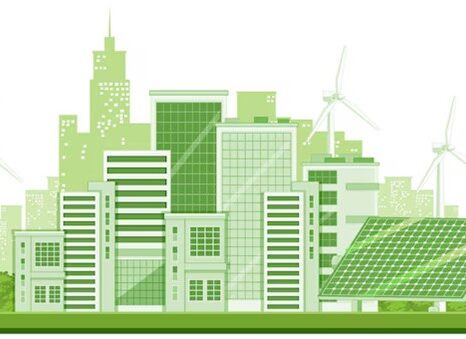



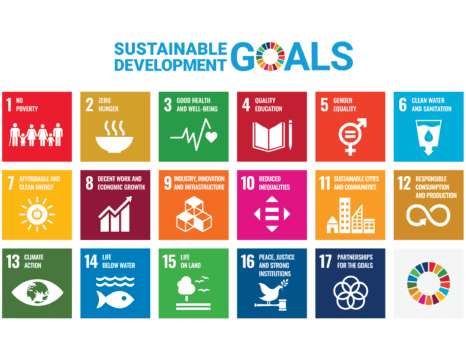



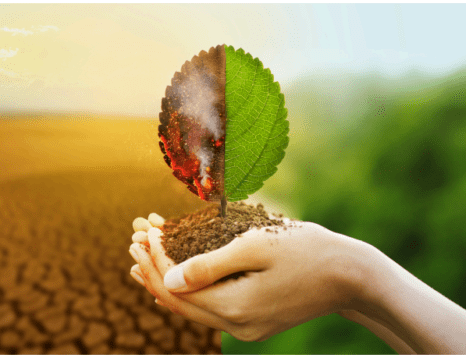
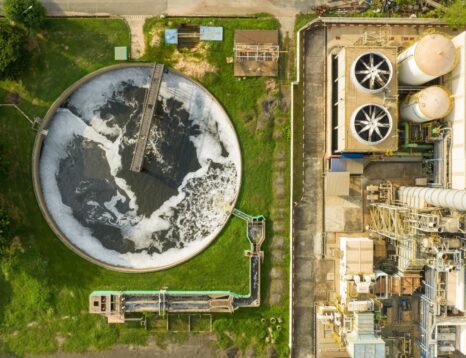


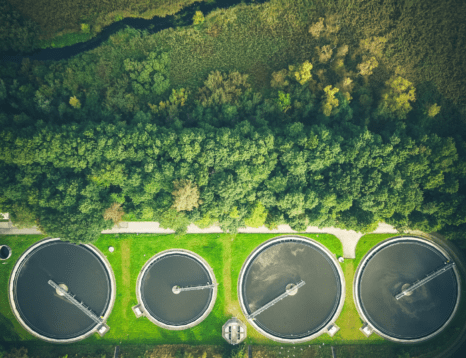
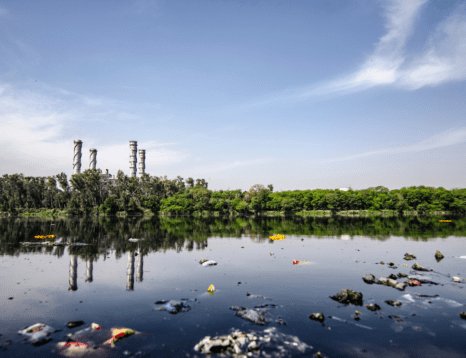
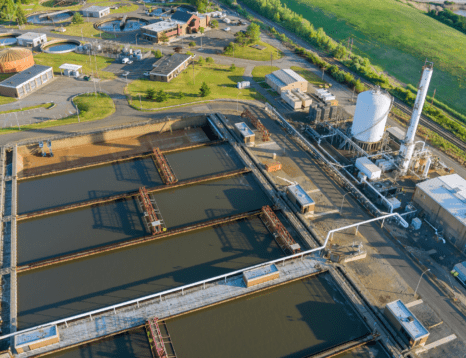
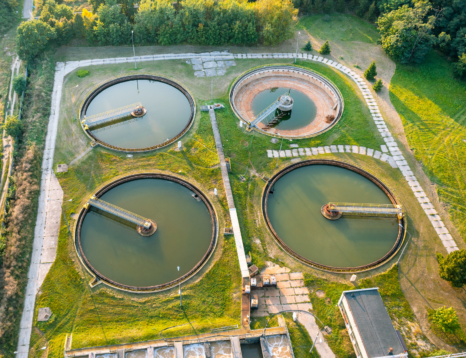

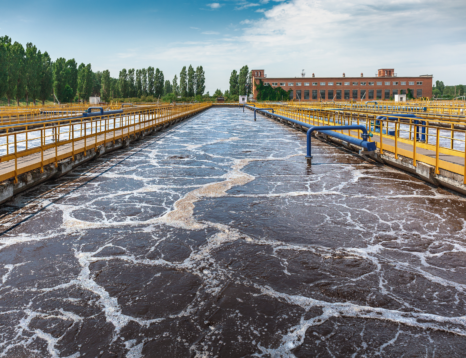
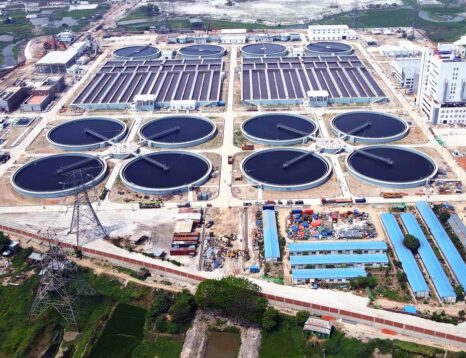
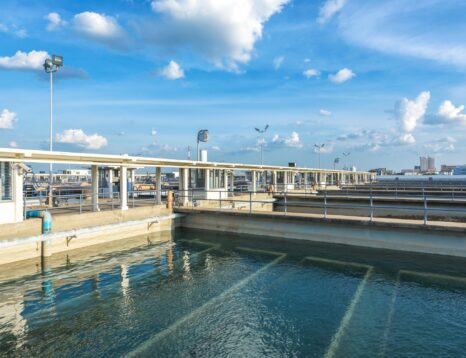
You must be logged in to post a comment.